NATIONAL MUSEUM OF NATURAL HISTORY
Five Free Natural History Programs Streaming in July
Stream these free programs and more this July through the Smithsonian’s National Museum of Natural History
/https://tf-cmsv2-smithsonianmag-media.s3.amazonaws.com/blogging/featured/Sloth_hanging_in_a_tree.JPG)
A meet and greet with women who are challenging the face of science; a citizen science project to support pollinators and a film screening of “Feedback Loops: Permafrost;” stream these free programs and more this July through the Smithsonian’s National Museum of Natural History.
Ongoing through fall
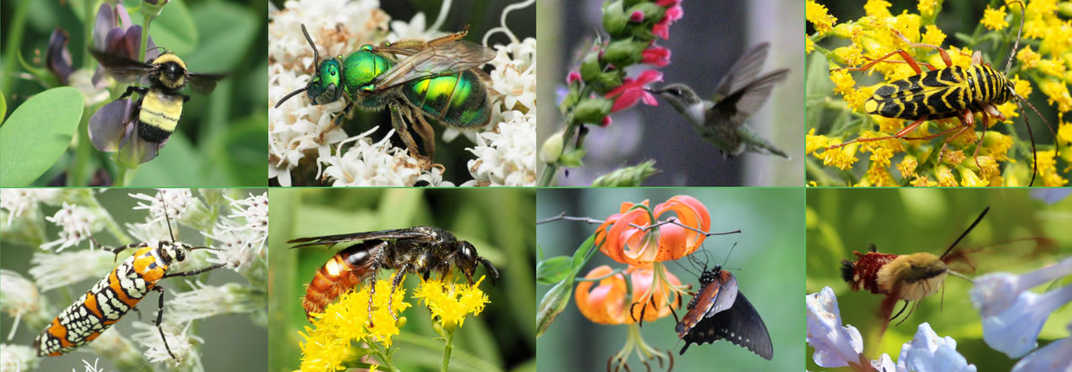
Help PolliNation DC, a community science project led by ecologists at the museum and the University of the District of Columbia’s Center for Sustainable Development and Resilience, document the insect species pollinating plants in community gardens throughout Washington, D.C. and gardens on the National Mall.
It is easy to participate. Join the project on iNaturalist, snap photos of insects and the plants they land on and upload them for identification. These records will not only help scientists document the diversity of insects that pollinate gardens in the nation’s capital, but also gardeners growing plants for food.
How Anthropologists Briana Pobiner and Amanda Lawrence are Challenging the Face of Science
July 8, 2 p.m. ET
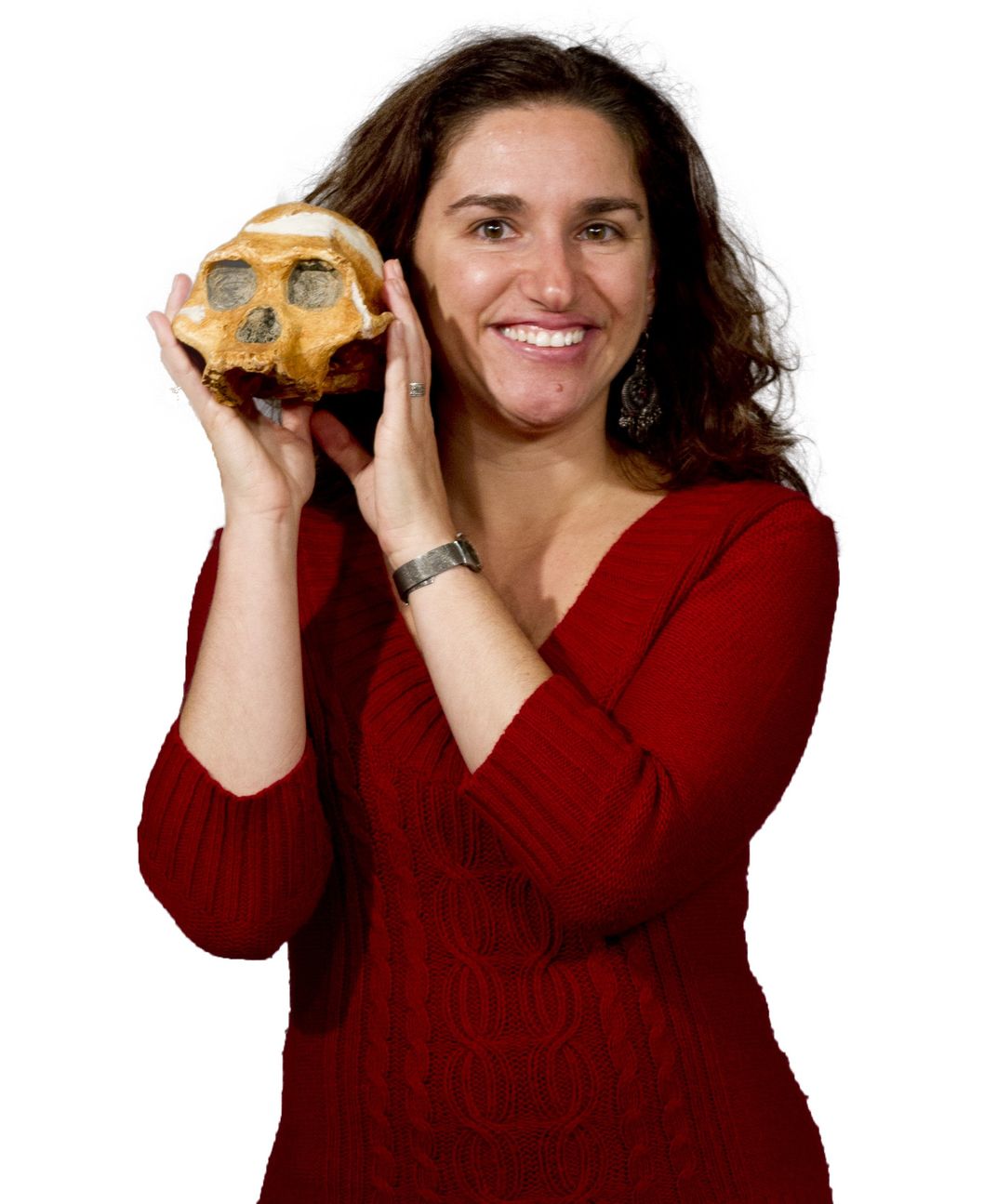
Meet paleoanthropologist Briana Pobiner and museum technician Amanda Lawrence and hear from them about what it is like to be women in science. In this interactive webinar, Pobiner and Lawrence will talk about the people and experiences that significantly impacted their journeys, the skills that helped them be successful and the challenges they overcame.
This program is part of the Smithsonian American Women’s History Initiative – Because of Her Story, an ambitious undertaking to research, collect, document, display and share the compelling story of women.
A Virtual Film Screening and Discussion of “Feedback Loops: Permafrost”
July 14, 5 p.m. ET
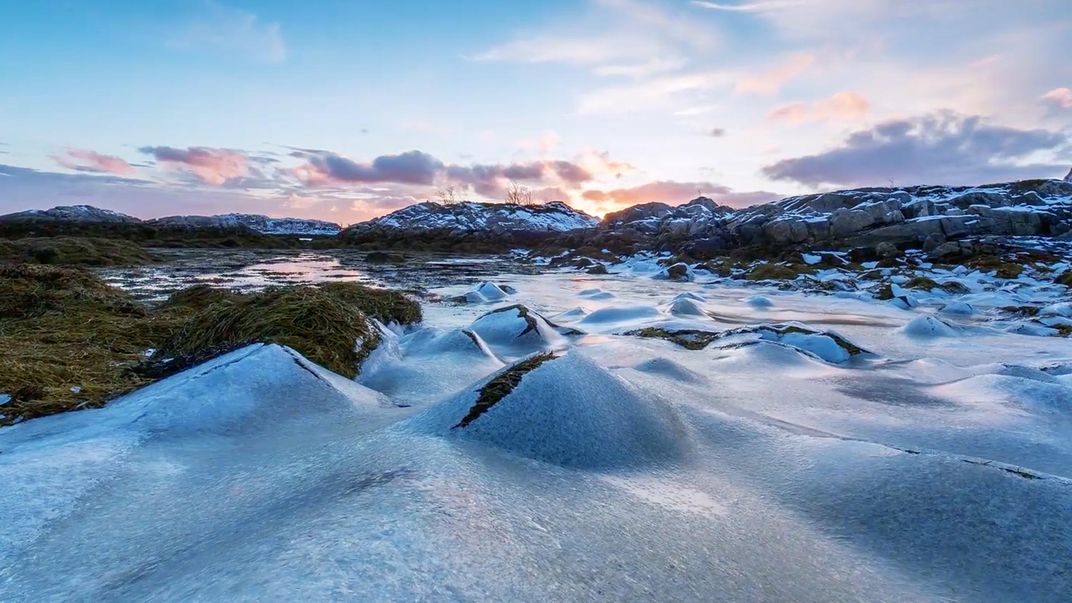
Permafrost, an expanse of frozen ground covering one-quarter of the Northern Hemisphere, is thawing. As it does, microscopic animals are waking up and feeding on the previously frozen carbon stored in plant and animal remains, releasing heat-trapping gases as a byproduct. These gases further warm the atmosphere, melting more permafrost in a dangerous feedback loop. With permafrost containing twice as much carbon as the atmosphere, its thaw could release 150 billion tons of carbon by the end of the century.
Watch the film “Feedback Loops: Permafrost” at your convenience after registering and then tune in on July 14 for a live discussion with Max Holmes, deputy director of the Woodwell Climate Research Center; Edda Mutter, science director at the Yukon River Inter-Tribal Watershed Council and Merritt Turetsky, director of the Institute of Arctic and Alpine Research at University of Colorado Boulder. Juliana Olsson, an exhibit writer and editor at the museum will moderate the conversation.
This program is for adults. It is part of the four-part virtual series Natural History on the Big Screen: Feedback Loops, taking place monthly through August.
At Home in the Rainforest Canopy
July 17, 11 a.m. ET
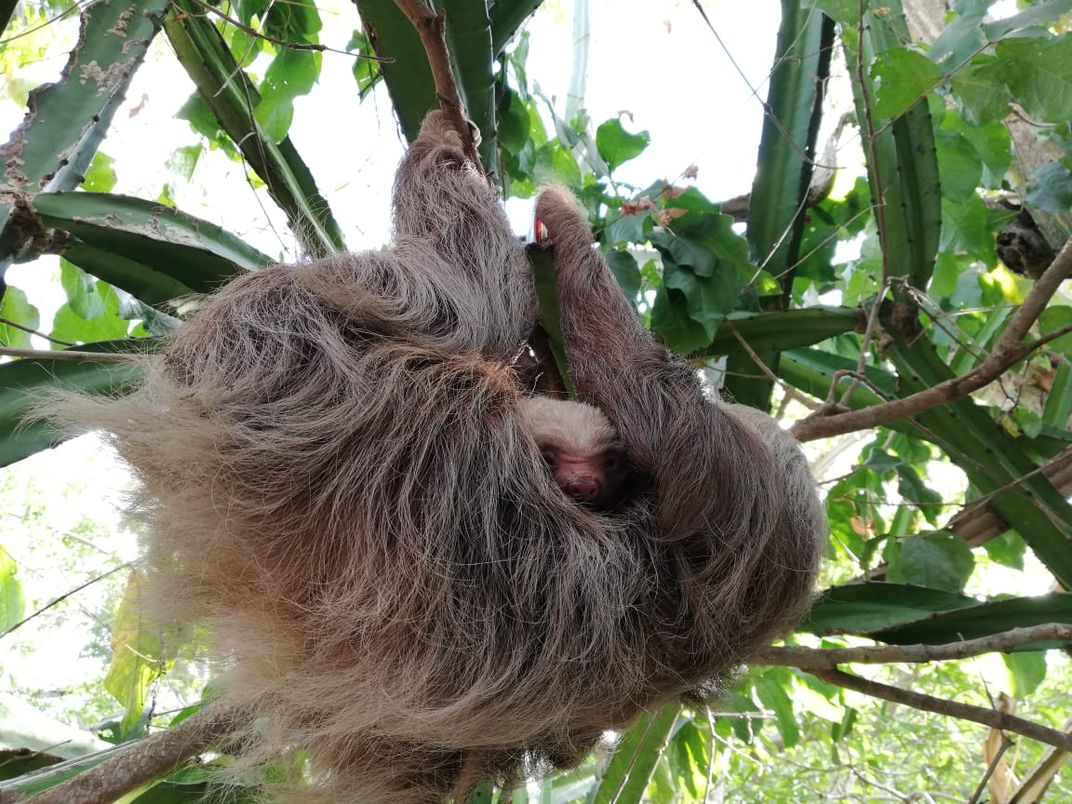
Join Museum Technician Ingrid Rochon as she explores the canopy layer of the Panamanian rainforest. Learn about how the canopy sustains the animals that live there and build a habitat model using common household supplies.
This interactive webinar is for families with kids. It is part of the museum’s “Natural History at Home” series, which walks families through science skill-building activities and ways to explore the natural world and the museum’s collections.
How Paleontologists Kay Behrensmeyer and Camilla Souto are Challenging the Face of Science
July 29, 2 p.m. ET
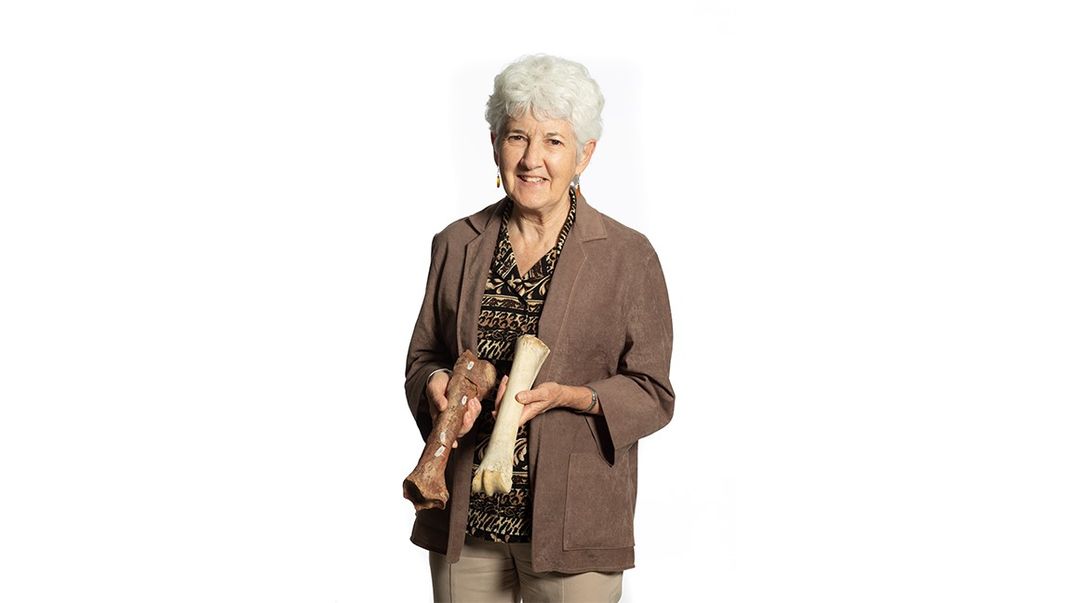
Say hello to paleontologists Kay Behrensmeyer and Camilla Souto and hear from them about what it is like to being women in science. In this interactive event, Behrensmeyer and Camilla will talk about the people and experiences that significantly impacted their journeys, the skills that helped them be successful and the challenges they overcame.
This program is part of the Smithsonian American Women’s History Initiative – Because of Her Story, an ambitious undertaking to research, collect, document, display and share the compelling story of women.
Can’t make one of the programs? Check out the museum’s archive of past programs.
Related stories:
Seven Ways to Learn About Natural History From Home
Meet the Scientist Studying How Organisms Become Fossils
Why Hawkmoths are the Underdogs of the Pollinator World
How to Balance Motherhood and a STEM Career
Get to Know the Leading Ladies of Science at the Smithsonian

